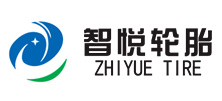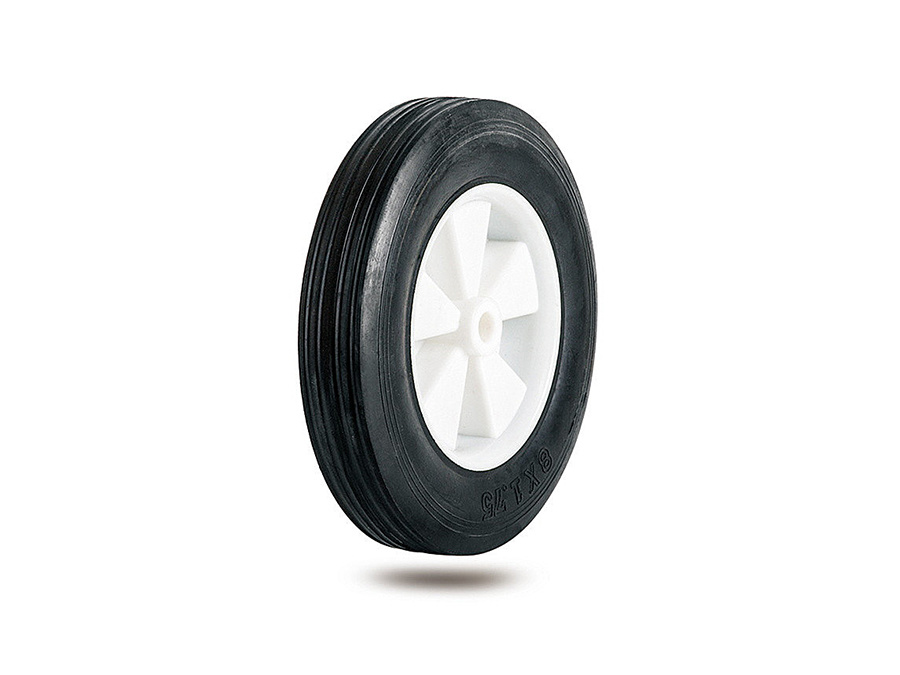News
The Top Features of 200x50 Small Trolley Rubber Wheels: A Comprehensive Guide
Release time:
2025-07-15 14:40
The Top Features of 200x50 Small Trolley Rubber Wheels
Table of Contents
1. Introduction to 200x50 Small Trolley Rubber Wheels
2. Material Quality: Why It Matters
3. Load Capacity: Understanding Weight Limits
4. Wheel Design: Types and Styles
5. Application Areas: Where to Use 200x50 Wheels
6. Performance: Efficiency and Durability
7. Installation and Maintenance Tips
The Top Features of 200x50 Small Trolley Rubber Wheels
Table of Contents
- 1. Introduction to 200x50 Small Trolley Rubber Wheels
- 2. Material Quality: Why It Matters
- 3. Load Capacity: Understanding Weight Limits
- 4. Wheel Design: Types and Styles
- 5. Application Areas: Where to Use 200x50 Wheels
- 6. Performance: Efficiency and Durability
- 7. Installation and Maintenance Tips
- 8. Cost-Effectiveness: Balancing Quality and Price
- 9. Frequently Asked Questions (FAQs)
- 10. Conclusion
1. Introduction to 200x50 Small Trolley Rubber Wheels
When it comes to mobility solutions, **200x50 small trolley rubber wheels** stand out for their versatility and functionality. These wheels are designed for a variety of applications, from hand trucks to garden carts, providing smooth transportation of goods. Understanding the key features of these wheels can help you select the right option for your specific needs, ensuring that every move you make is efficient and effective.
2. Material Quality: Why It Matters
The quality of materials used in **200x50 small trolley rubber wheels** plays a crucial role in their performance and longevity. High-quality rubber ensures **excellent grip** and **shock absorption**, which is essential when transporting heavy loads.
Types of Materials Used
Most commonly, these wheels are crafted from natural rubber or polyurethane. Natural rubber provides higher elasticity and grip, while polyurethane wheels are known for their durability and resistance to wear and tear.
Benefits of Quality Materials
Investing in wheels made from superior materials will not only increase their lifespan but also enhance their performance under various conditions, including wet surfaces and uneven terrain.
3. Load Capacity: Understanding Weight Limits
Load capacity is a vital aspect to consider when choosing **200x50 small trolley rubber wheels**. Each wheel can support a specific weight, and exceeding this limit can lead to wheel failure or accidents.
Determining Load Capacity
Typically, a 200x50 rubber wheel can handle loads ranging from **100 kg to 300 kg**, depending on its construction and material. It’s crucial to check the manufacturer’s specifications to ensure you select wheels that can safely carry your intended load.
Impact of Load on Performance
Understanding the load capacity also helps in evaluating the performance of the wheel. A wheel under too much strain will wear out faster and may not roll smoothly, leading to inefficiencies in transportation.
4. Wheel Design: Types and Styles
The design of **200x50 small trolley rubber wheels** can vary significantly, impacting their functionality and compatibility with different trolleys.
Types of Wheel Designs
- **Solid Wheels:** These are made from a solid piece of rubber, providing excellent durability for heavy and consistent loads.
- **Pneumatic Wheels:** Filled with air, these wheels offer superior shock absorption, making them ideal for uneven surfaces.
- **Swivel Wheels:** Featuring a 360-degree rotation, swivel wheels enhance maneuverability in tight spaces.
Choosing the Right Design for Your Needs
Selecting the right design depends on where and how you intend to use the wheels. For instance, if you’re navigating rough terrain, pneumatic wheels might be the best choice.
5. Application Areas: Where to Use 200x50 Wheels
**200x50 small trolley rubber wheels** are adaptable and can be used in a variety of environments, including:
Industrial Settings
In warehouses and factories, these wheels facilitate the movement of heavy equipment and goods, making them an essential part of logistics.
Household Use
From garden carts to DIY projects, these wheels make transporting items around the home more manageable.
Agricultural Use
Farmers often use trolleys with these wheels to transport produce, tools, and equipment across fields.
6. Performance: Efficiency and Durability
The performance of **200x50 small trolley rubber wheels** is measured in terms of efficiency in movement and durability over time.
Factors Influencing Performance
- **Wheel Material:** As mentioned, the type of rubber affects both grip and wear.
- **Surface Compatibility:** These wheels perform best on hard, flat surfaces but can also handle gravel and dirt.
- **Maintenance Practices:** Regular checks and maintenance can significantly enhance the longevity and performance of the wheels.
7. Installation and Maintenance Tips
Proper installation and maintenance are key to maximizing the performance of your **200x50 small trolley rubber wheels**.
Installation Steps
1. **Gather Tools:** Ensure you have the necessary tools, such as a wrench, screwdriver, and any brackets needed.
2. **Align the Wheel:** Position the wheel into the bracket correctly, ensuring it fits snugly.
3. **Secure the Wheel:** Tighten the screws or bolts until they are firmly in place, avoiding overtightening.
Maintenance Tips
- Regularly inspect for wear and tear.
- Clean the wheels to remove debris that may affect performance.
- Lubricate moving parts as necessary to prevent squeaking and enhance mobility.
8. Cost-Effectiveness: Balancing Quality and Price
When investing in **200x50 small trolley rubber wheels**, it’s essential to find the right balance between quality and cost.
Evaluating Price vs. Quality
Often, cheaper wheels may compromise on quality, leading to higher replacement costs in the long run. It’s advisable to look for reputable brands that offer a warranty, which can be a sign of a quality product.
Long-term Investment
Although initial costs may be higher for premium wheels, their durability and performance can lead to significant savings over time, making them a worthy investment.
9. Frequently Asked Questions (FAQs)
What is the typical weight capacity of 200x50 rubber wheels?
The weight capacity typically ranges from 100 kg to 300 kg, depending on the construction material and design.
Can I use these wheels on uneven surfaces?
While they perform best on flat surfaces, pneumatic wheels are capable of handling uneven terrain effectively.
How often should I perform maintenance on my trolley wheels?
Regular inspections every few months, along with cleaning and lubrication, will help maintain their performance.
Are there specific brands known for high-quality 200x50 rubber wheels?
Yes, several brands are recognized for their durable and efficient rubber wheels, including [Brand A], [Brand B], and [Brand C].
What is the difference between solid and pneumatic wheels?
Solid wheels offer durability and are maintenance-free, while pneumatic wheels provide better shock absorption and are suited for rough terrain.
10. Conclusion
Choosing the right **200x50 small trolley rubber wheels** involves understanding their features, materials, and applications. From load capacity to maintenance, every aspect plays a vital role in ensuring you select the best wheels for your needs. By investing in high-quality wheels, you not only enhance mobility but also ensure longevity and efficiency in your transportation solutions. As you explore various options, keep this guide in mind to make informed decisions that meet your unique requirements.
200x50 small trolley rubber wheel



